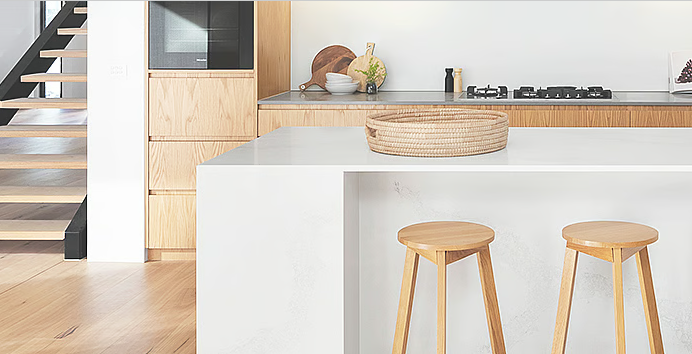Introduction to the Mohs Scale of Hardness
The Mohs Scale of Hardness is a tool developed in 1812 by the German geologist Friedrich Mohs. It measures the scratch resistance of various minerals through the ability of a harder material to scratch a softer one. The scale ranges from 1 (talc) to 10 (diamond), providing a qualitative understanding of mineral hardness.
Granite's Position on the Scale
Granite, a widely used natural stone in construction and decoration, ranks between 6 and 7 on the Mohs scale. This positioning makes it significantly harder than many common materials. For instance, it can easily scratch materials ranked lower on the scale, like gypsum (2) or limestone (3).
The Implications of Granite's Hardness
The hardness of granite makes it an ideal choice for areas that demand durability and resistance to wear. Its ability to withstand scratches means it maintains a pristine appearance over years of use. This feature is particularly valuable for kitchen countertops, flooring, and outdoor applications.
Granite's Composition and Its Impact on Hardness
Granite's hardness can be attributed to its composition. It primarily consists of quartz and feldspar, with minor amounts of mica, amphiboles, and other minerals. Quartz itself is rated at 7 on the Mohs scale, which contributes significantly to granite’s overall hardness.
Practical Benefits of Granite in Home Design
Homeowners appreciate granite not only for its strength but also for its aesthetic qualities. It comes in various shades and patterns, which can complement any interior design scheme. Furthermore, its resistance to heat and minimal upkeep requirements make it a practical choice for busy households.

Understanding the Durability of Granite
Given its ranking on the Mohs scale, granite is recognized for its ability to resist abrasion and maintain a high polish. This characteristic makes it a favored material in high-traffic areas of the home or buildings.
Granite on the Mohs Scale
The assessment of granite on the mohs scale shows its undeniable utility in both residential and commercial architecture. Its robustness, coupled with aesthetic versatility, underpins its popularity. For more insights on how granite performs outdoors, especially in landscaping projects, explore granite on the mohs scale.
Granite's Versatility Beyond Hardness
While granite’s hardness is a key attribute, its impact extends beyond just being scratch-resistant. Granite’s natural beauty, coupled with its compositional strength, makes it a staple in architectural and design projects around the world. Whether polished, honed, flamed, or brushed, granite’s finishes can enhance any space.
Choosing Granite for Your Next Project
When selecting granite for any new project, consider its hardness in conjunction with its color, grain, and finish options. This approach ensures not only a durable material but also one that aligns visually with your design objectives.
This article has outlined where granite stands on the Mohs scale and what this means for its practical applications in architecture and design. Its impressive durability matched with visual appeal makes it a top choice for anyone looking to invest in quality material for their construction or renovation projects.
